For example, a 10,000 mAh power bank can theoretically charge a 5,000 mAh phone twice, but in reality this rarely happens. So what's the reason?
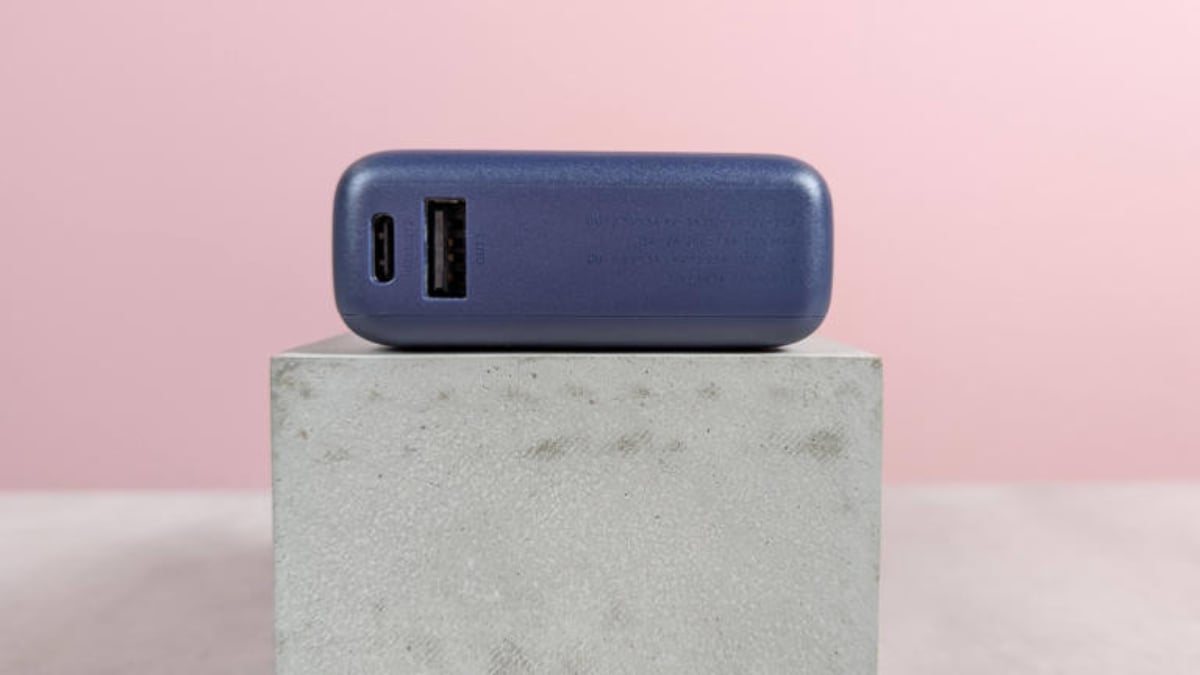
Backup chargers are quite popular accessories nowadays.
First of all, manufacturers do not lie about battery capacity. Power banks do contain lithium batteries with the advertised capacity. However, not all of this capacity is usable, only a portion of what is called the "rated capacity".
Factors affecting backup charger
One of the main reasons is the efficiency of voltage conversion. Power banks usually supply 5V, while the lithium battery inside stores energy at a lower voltage (usually 3.7V). To convert the energy from the battery to 5V, power banks use a step-up converter. However, this converter is not completely efficient, resulting in some energy loss during the conversion process, resulting in a lower actual capacity.
In addition, both smartphones and power banks reserve a portion of their battery capacity as a buffer to prevent overcharging and overdischarging, protecting the battery from permanent damage and extending its lifespan. However, since smartphone batteries are typically non-removable and optimized for everyday use, the buffer they require is relatively small. Power banks, on the other hand, require more power because they operate independently and store more energy. In the event of a complete discharge, the power bank may become unresponsive and not receive a charge.
Video shows pet dog chewing on power bank causing fire
In particular, high temperatures are the enemy of all types of batteries, so smartphones are often equipped with many technologies to reduce heat during charging and discharging. However, the thermal management hardware of power banks is often not as effective, especially in low-cost models, leading to more power consumption and reduced actual usable capacity.
Furthermore, unlike smartphones, power bank manufacturers do not release new models every year, leaving many products sitting in storage for long periods of time before being released to the public. By the time they reach consumers, the batteries inside have worn out, leading to reduced capacity. Although manufacturers try to protect the battery’s lifespan, lithium batteries will still degrade over time.
How to choose a quality backup charger
Manufacturers often do not publish the rated capacity of power banks due to market competition. In reality, the available capacity is usually only about 60% of the advertised capacity. For example, a 20,000 mAh power bank only provides about 12,000 mAh of actual capacity, enough to charge a 5,000 mAh battery in a smartphone nearly 2.5 times.

Users should apply some experience when buying backup chargers.
To accurately gauge capacity, users should check marketing materials to see if they mention the number of charge cycles for specific phone models. If the rated capacity is above 60%, users can rest assured. The higher the number, the better. For example, the Ugreen Nexode 20,000 mAh power bank claims to be able to charge the Galaxy S24 Ultra up to three times, suggesting a rated capacity of around 75%.
Additionally, it is important to read product reviews and check the actual performance. Users should avoid unknown brands and only buy from reputable brands as they often skip necessary protection mechanisms and use poor quality materials, which affects durability.
Finally, users should choose wired power banks over wireless ones. Wireless charging is not only less efficient, but also generates more heat, which leads to more energy consumption. Furthermore, wireless charging is often more expensive, while the convenience it brings may not be worth the cost.
Source: https://thanhnien.vn/ly-do-sac-du-phong-khong-cung-cap-du-dung-luong-nhu-quang-cao-185250320160608585.htm


![[Photo] General Secretary To Lam receives Japanese Ambassador to Vietnam Ito Naoki](https://vstatic.vietnam.vn/vietnam/resource/IMAGE/2025/4/3/3a5d233bc09d4928ac9bfed97674be98)
![[Photo] Moment of love: Myanmar people are moved to thank Vietnamese soldiers](https://vstatic.vietnam.vn/vietnam/resource/IMAGE/2025/4/3/9b2e07196eb14aa5aacb1bc9e067ae6f)
![[Photo] Special relics at the Vietnam Military History Museum associated with the heroic April 30th](https://vstatic.vietnam.vn/vietnam/resource/IMAGE/2025/4/3/a49d65b17b804e398de42bc2caba8368)



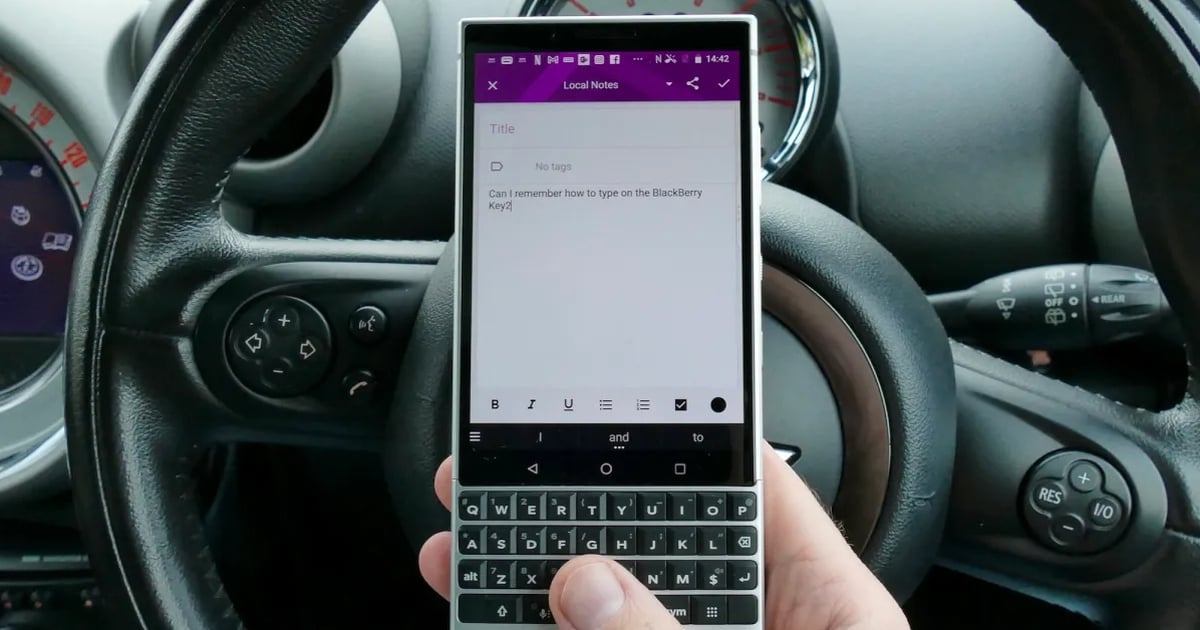
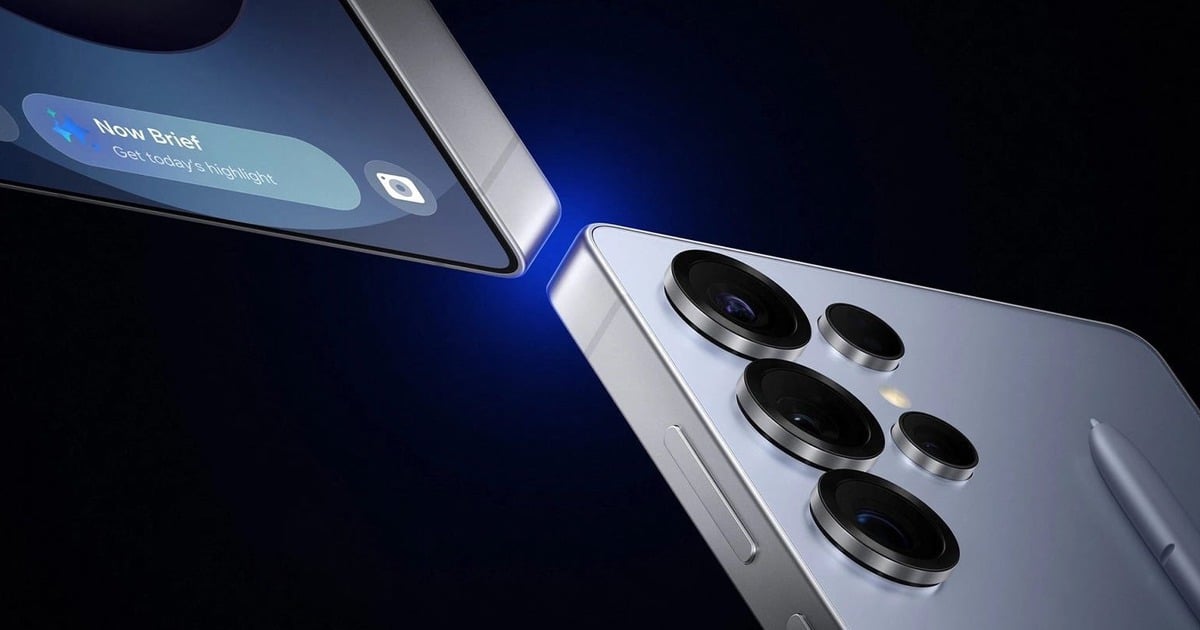
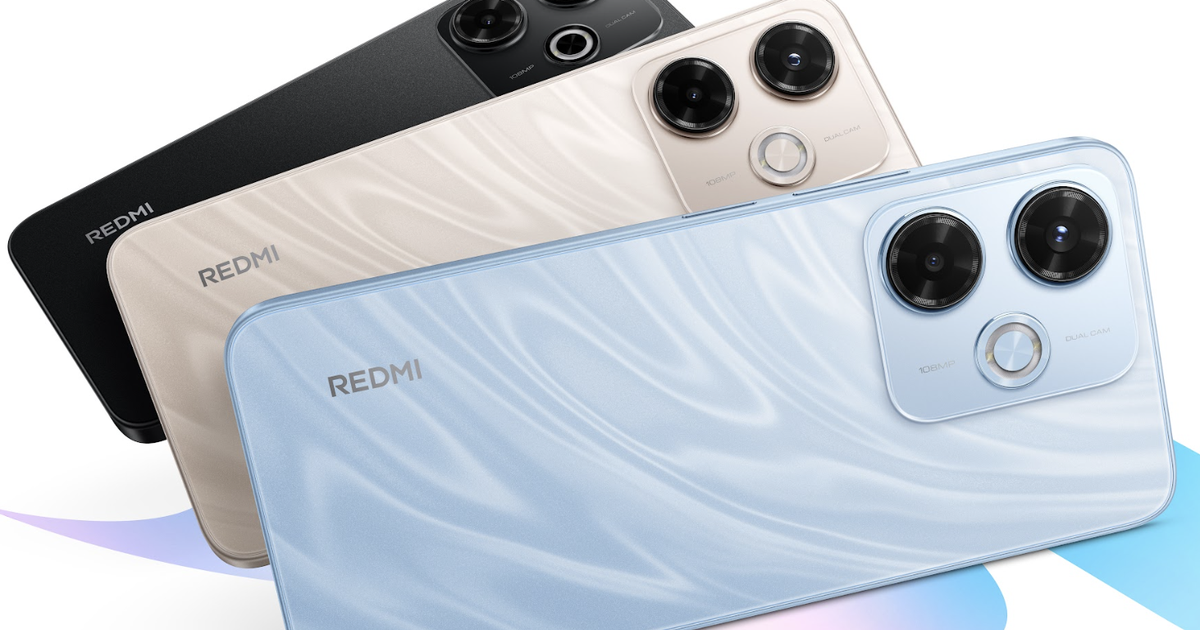
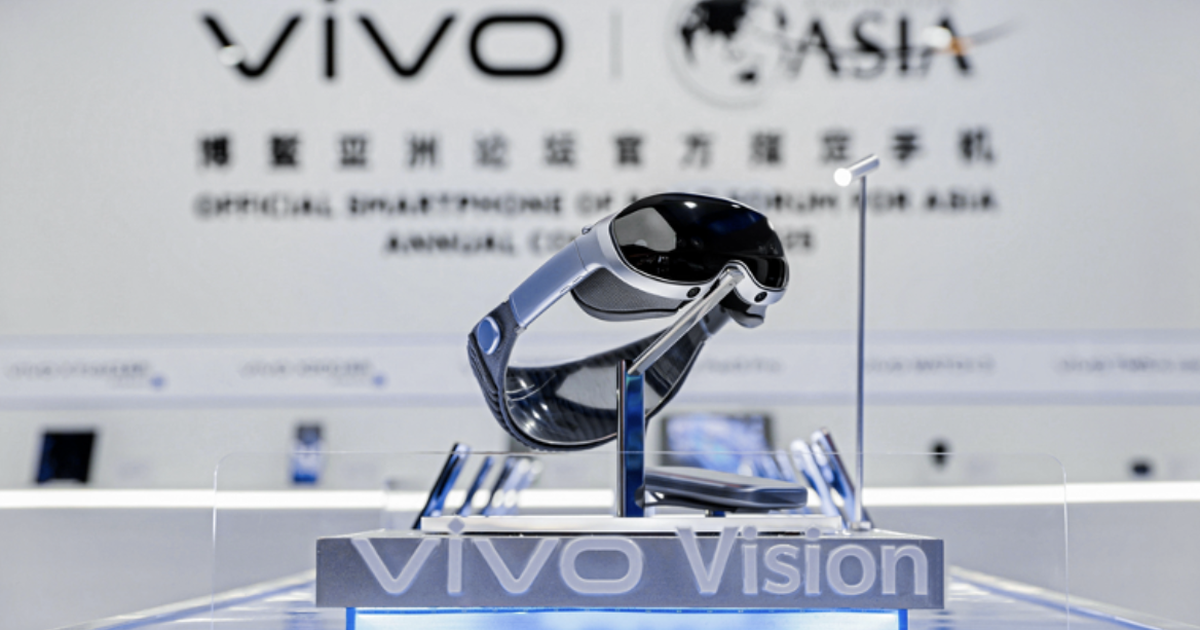
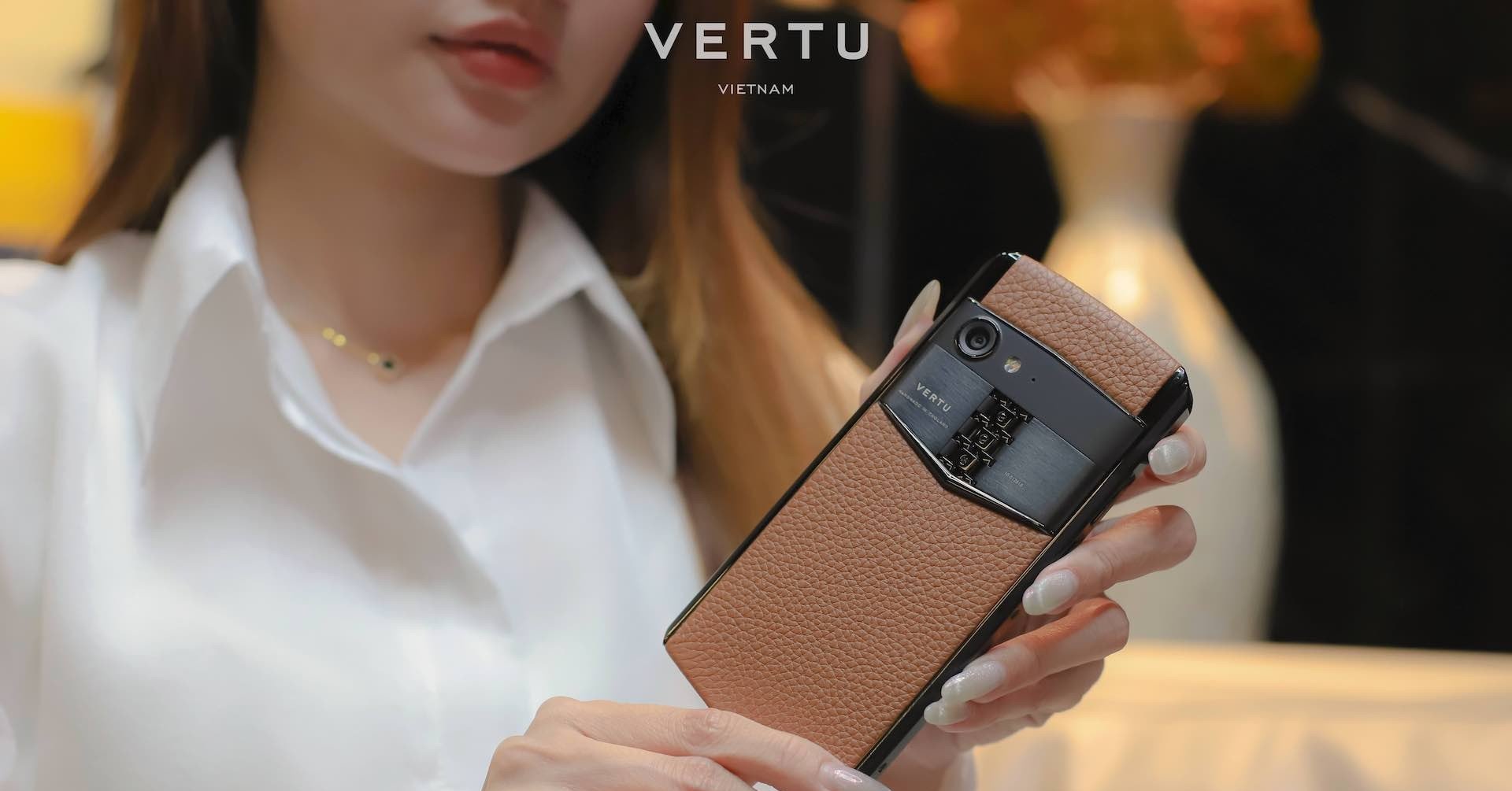




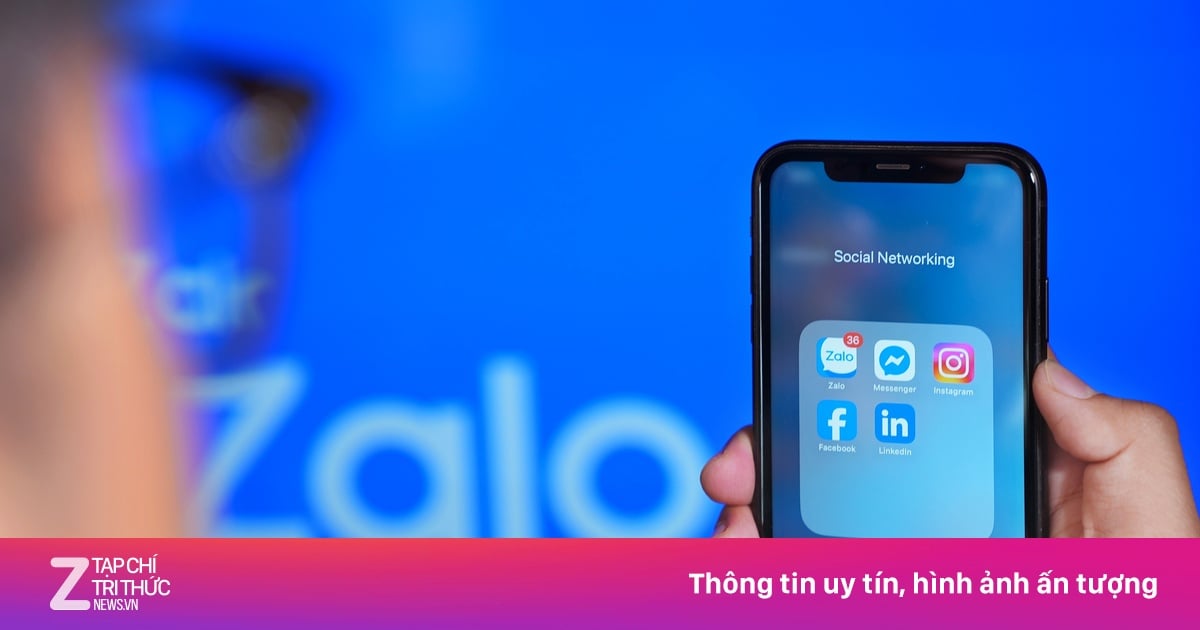
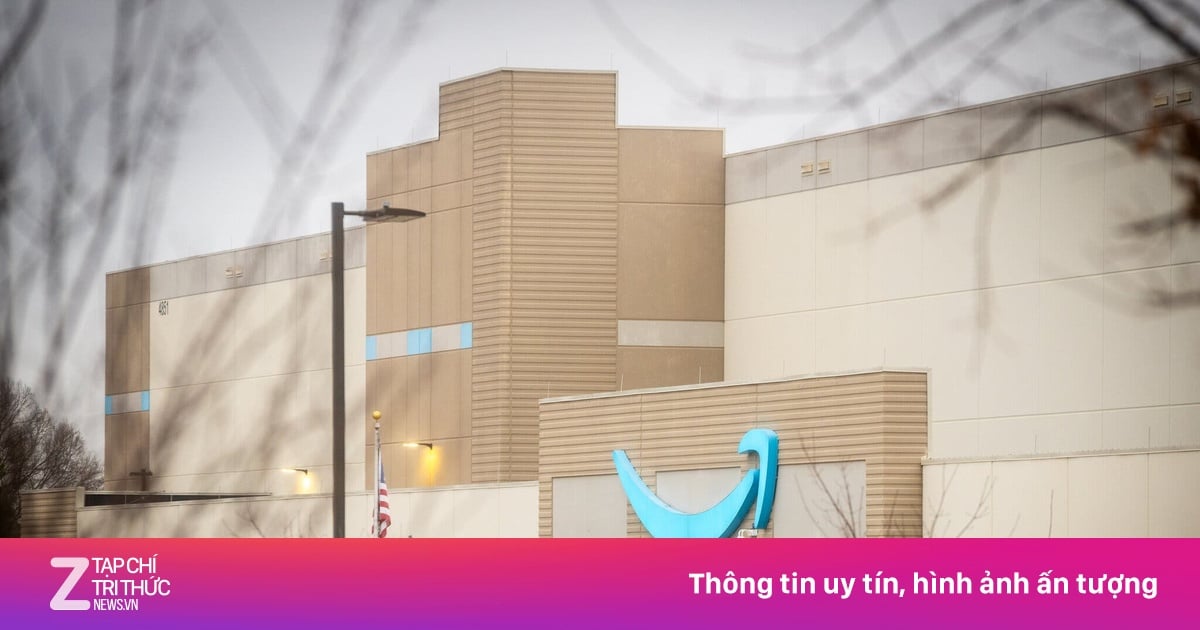









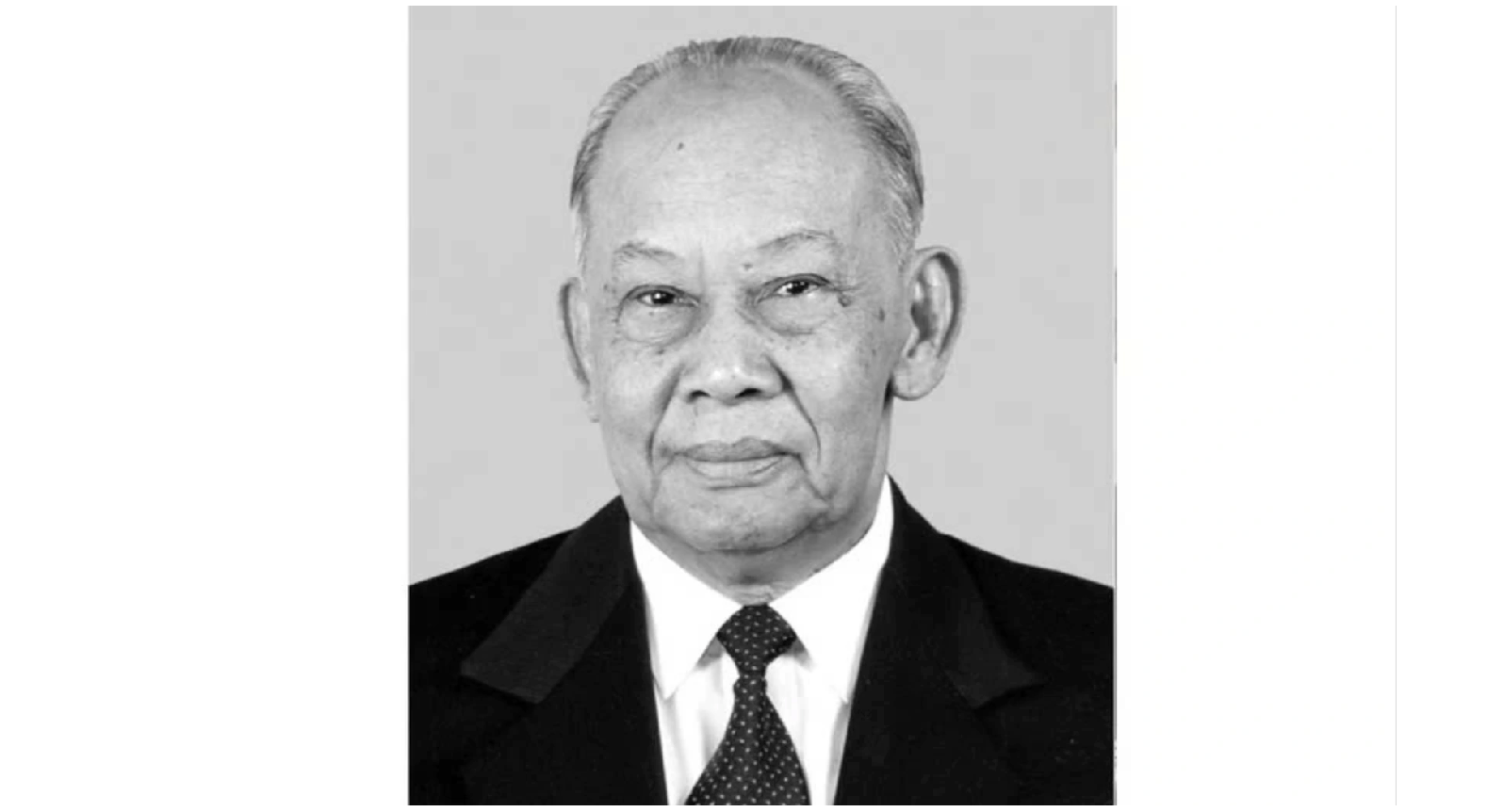


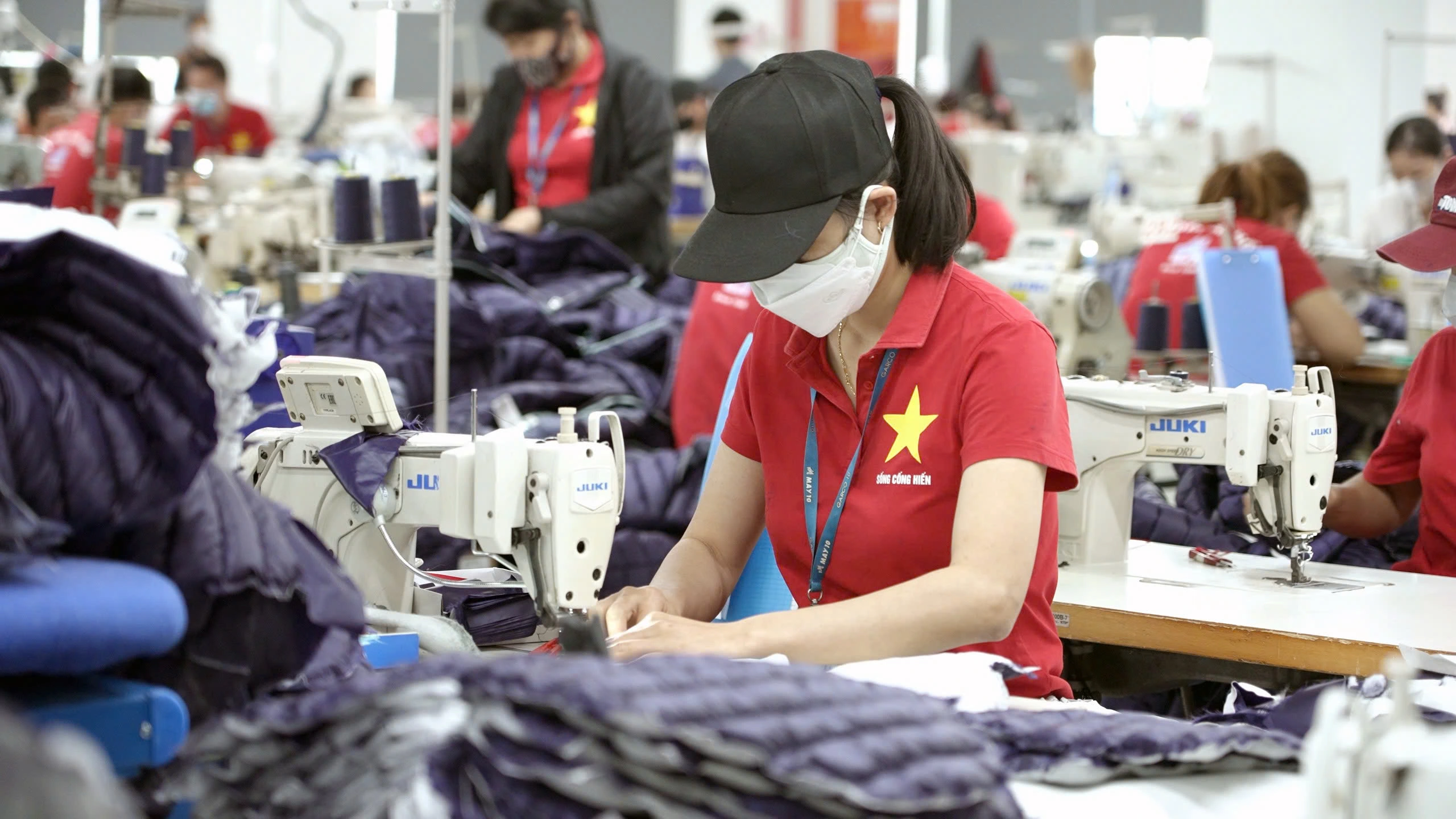




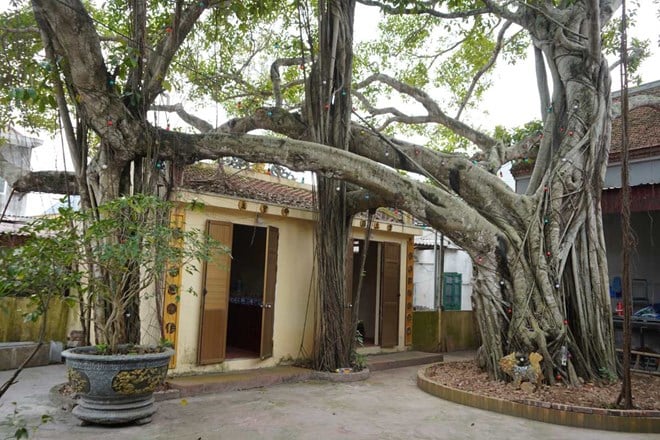








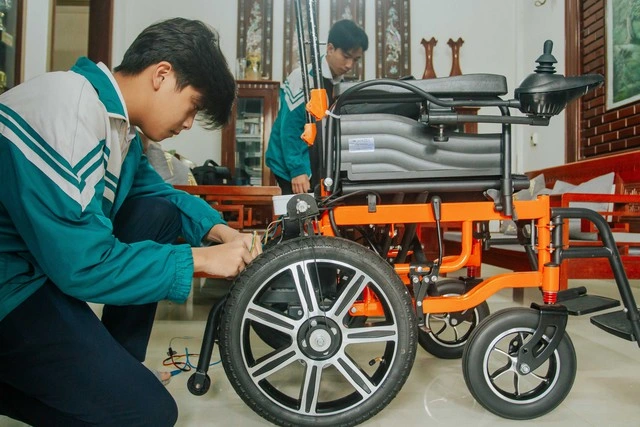













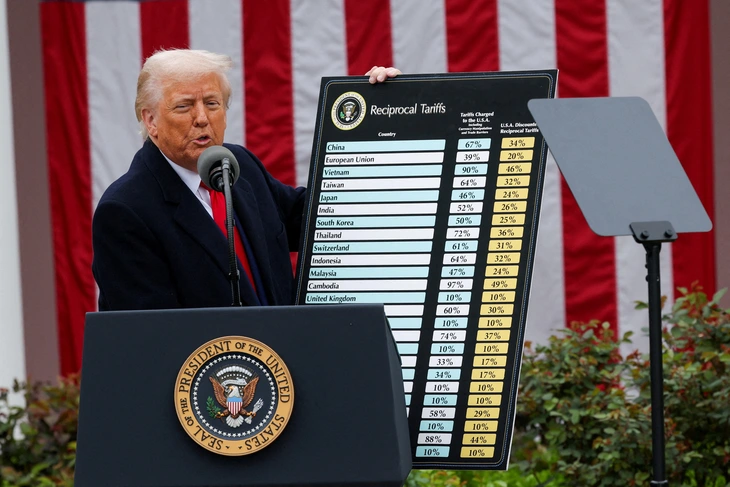
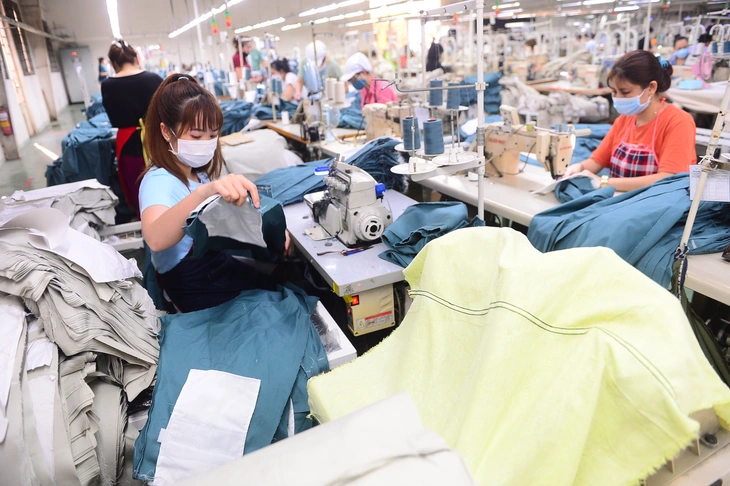



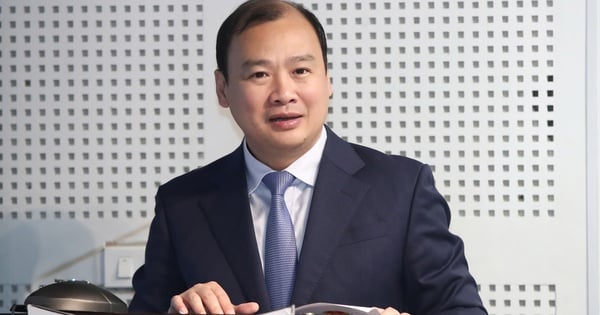





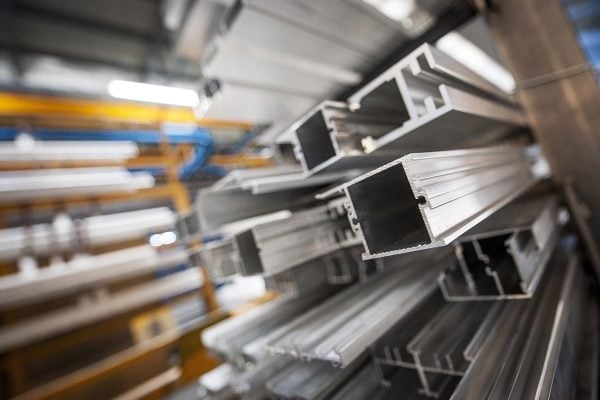




















Comment (0)